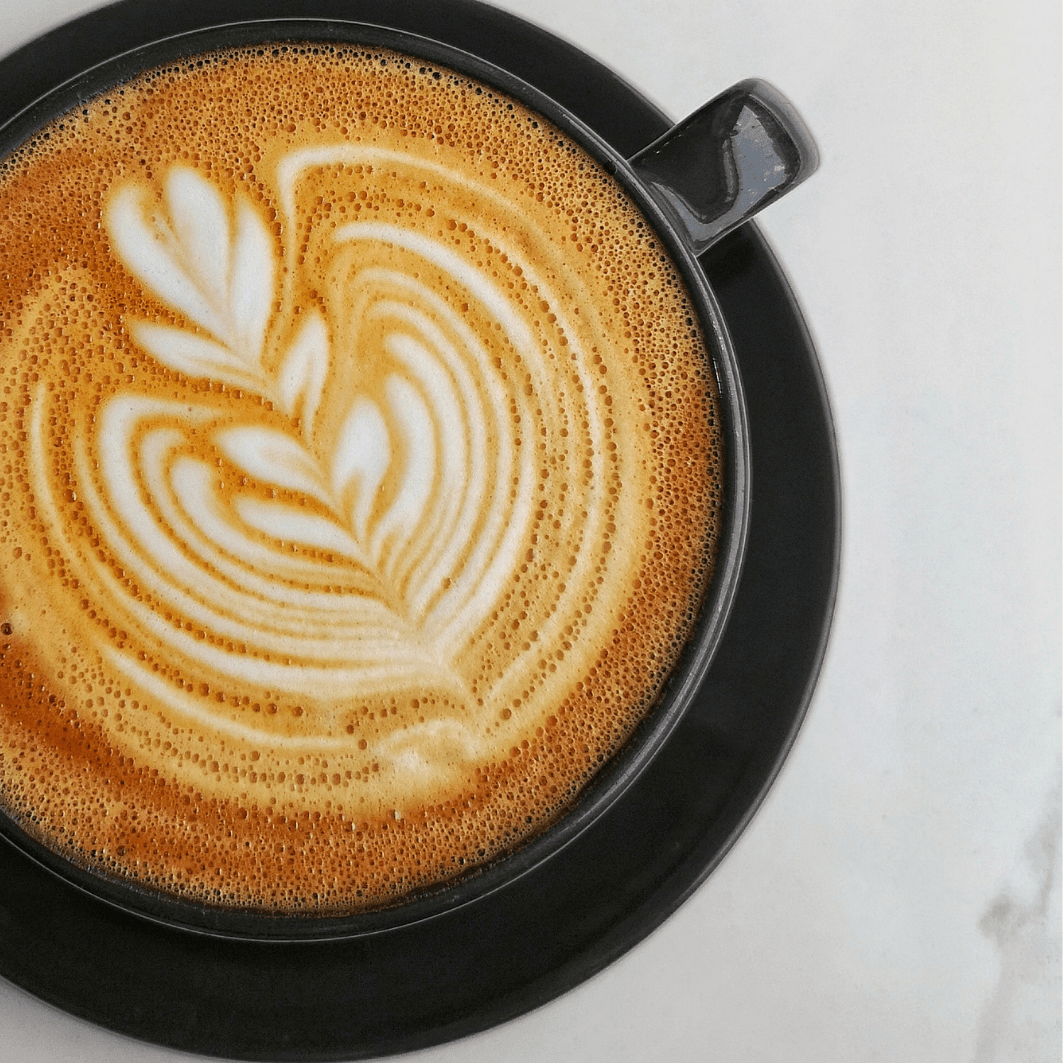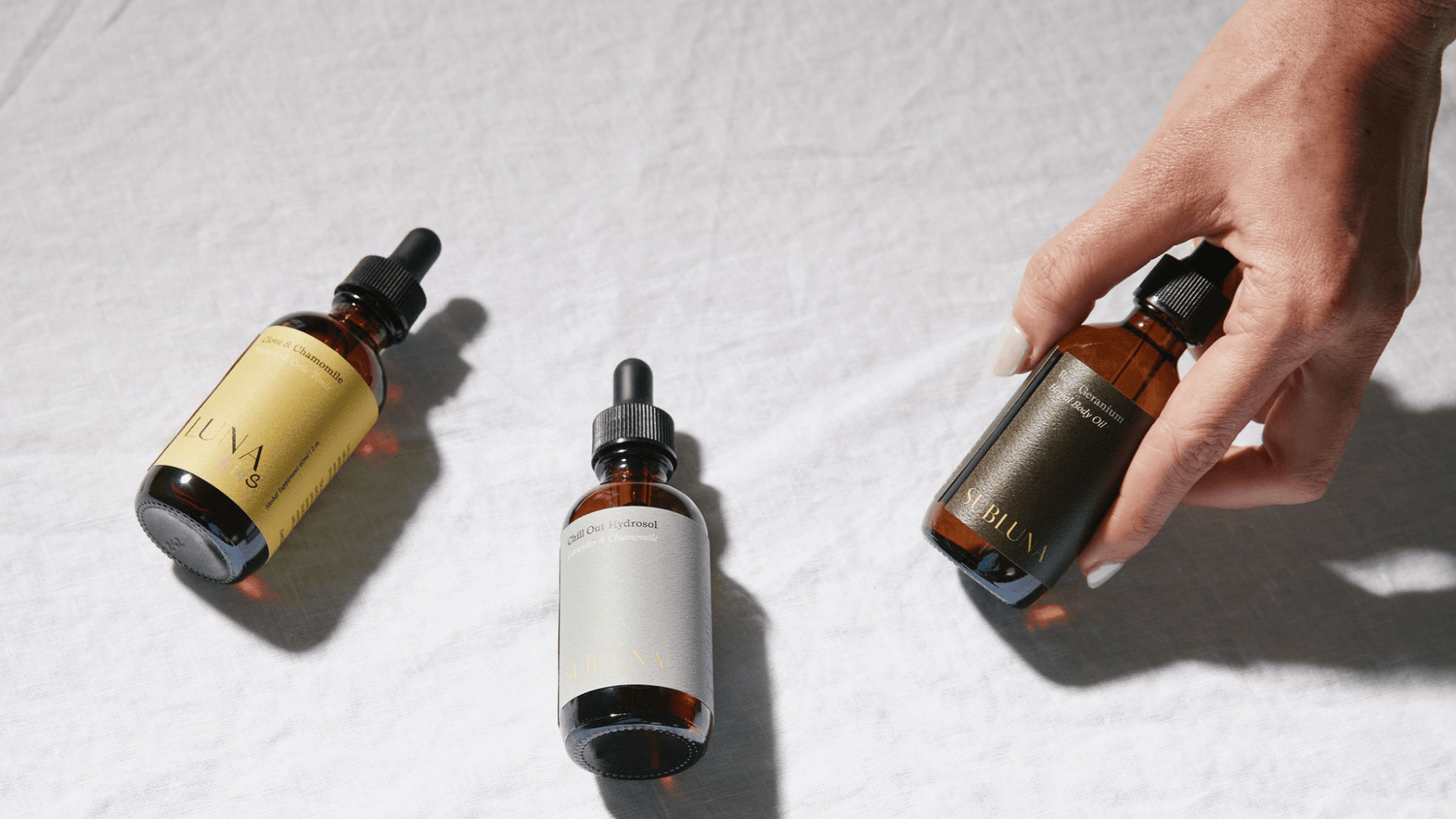Fresh or Dried? Choosing the Best Herbs for Tinctures
Fresh vs. Dried Herbs in Tinctures: Why Fresh Plants Make Better Herbal Medicine
When making tinctures, one of the most important decisions an herbalist makes is whether to use fresh herbs or dried herbs. While dried herbs have their place in the world of plant medicine, there’s a reason many experienced herbalists prefer to work with fresh plants whenever possible.
In this article, we’ll explore the benefits of using fresh plants in tinctures, when dried herbs are a better fit, and how phytochemistry—the chemical makeup of plants—can help determine the best method for extracting powerful plant constituents.
Benefits of Using Fresh Herbs in Tinctures
1. Fresh Herbs Retain Delicate, Volatile Compounds
When herbs are dried, they lose some of their most active, delicate compounds—especially aromatic oils, resins, and enzymes. These constituents are often responsible for the herb’s therapeutic effects. By tincturing herbs in their fresh state, we preserve their full chemical profile and potency.
Herbs that benefit from fresh extraction include Lemon balm, Tulsi, Catnip, American Skullcap, and Calendula to name a few!
2. The Life Force of the Plant Is Still Intact
Fresh plants contain vital energy—sometimes referred to as prana, chi, or life force. This energy can enhance the energetic and vibrational effects of a tincture, especially for those working with plant spirit or energetic herbalism.
3. Enhanced Extraction of Water-Soluble Compounds
Fresh plants naturally contain water, which can help extract water-soluble constituents like polysaccharides, glycosides, and certain alkaloids. This creates a more complete extraction, especially when using high-proof alcohol.
4. Fresh Herbs Reflect the Season and Land
Tinctures made from fresh, recently harvested herbs carry the imprint of the season, soil, and climate in which they were grown. This makes the medicine more aligned with your local ecosystem and your body’s seasonal needs.
5. No Need for Artificial Preservatives or Heat
Fresh plant tinctures are made using alcohol as a natural preservative. There’s no need for added stabilizers or heat processing, which can degrade sensitive constituents.
When Phytochemistry Determines Fresh vs. Dried
The decision to use fresh or dried herbs often comes down to phytochemistry—the specific constituents you’re aiming to extract.
Use Fresh Herbs When Compounds Are Delicate or Short-Lived
Certain medicinal compounds are only present in a fresh plant or degrade quickly when dried:
• Milky oats: The nourishing, nervine latex is only available when the tops are harvested fresh during the milky stage.
• California poppy: The calming alkaloids and latex are best captured in fresh plant form.
• St. John’s Wort: The active compound hypericin (responsible for its bright red oil and mood-lifting properties) is only extracted properly from the fresh flowering tops.
Use Dried Herbs When Extracting Minerals or Dense Constituents
In some cases, dried herbs are better suited for tincture-making, especially when you’re looking to extract minerals or work with fibrous plant material.
• Our Mineral Nectars are made with dried herbs to create a more concentrated extraction of minerals like iron, magnesium, potassium, and calcium.
• Drying breaks down the plant cell walls slightly, allowing better access to these minerals during extraction.
When Dried Herbs Are Preferred for Tinctures
While fresh herbs shine in many cases, dried herbs are ideal when you’re working with plant parts that naturally have low moisture content or dense cellular structure.
Best Plant Parts to Use Dried:
• Roots: dandelion root, burdock, astragalus, eleuthero, licorice
• Barks: cinnamon, slippery elm, willow
• Berries: hawthorn, schisandra, elderberry (fresh or dried)
These parts are often too woody or fibrous to tincture effectively when fresh. Drying helps make their beneficial compounds more extractable.
Fresh vs. Dried in Tincture Making: What Matters Most
Ultimately, there’s no one-size-fits-all answer. The best tinctures come from understanding the nature of each plant and what you’re trying to draw out of it. At SubLuna, we base our formulations on seasonal harvesting, phytochemistry, and energetic wisdom—not convenience or mass production.
We tincture some of our herbs fresh in the field. We wait for the sunniest day to tincture blooming St. John’s Wort. And we dry down our mineral-rich herbs to craft deeply nourishing extracts that feed your cells.
Want to experience the difference?
Explore our fresh-plant tinctures like Milky Oats, California Poppy, or St. John’s Wort—and don't forget our mineral-rich extracts like the Mineral Nectars. Your body will know the difference!



